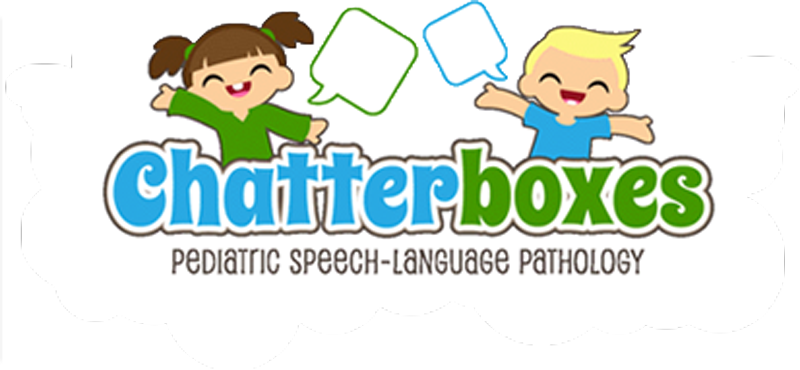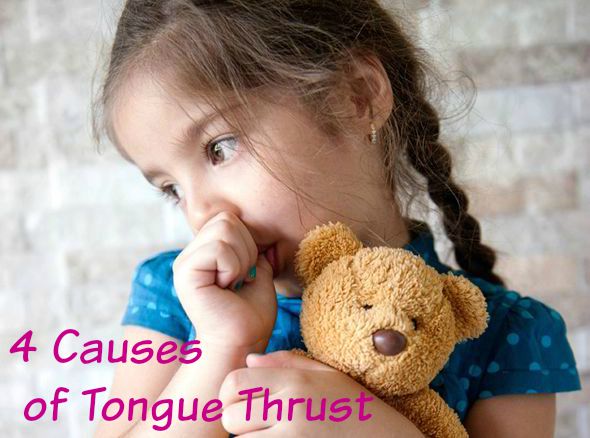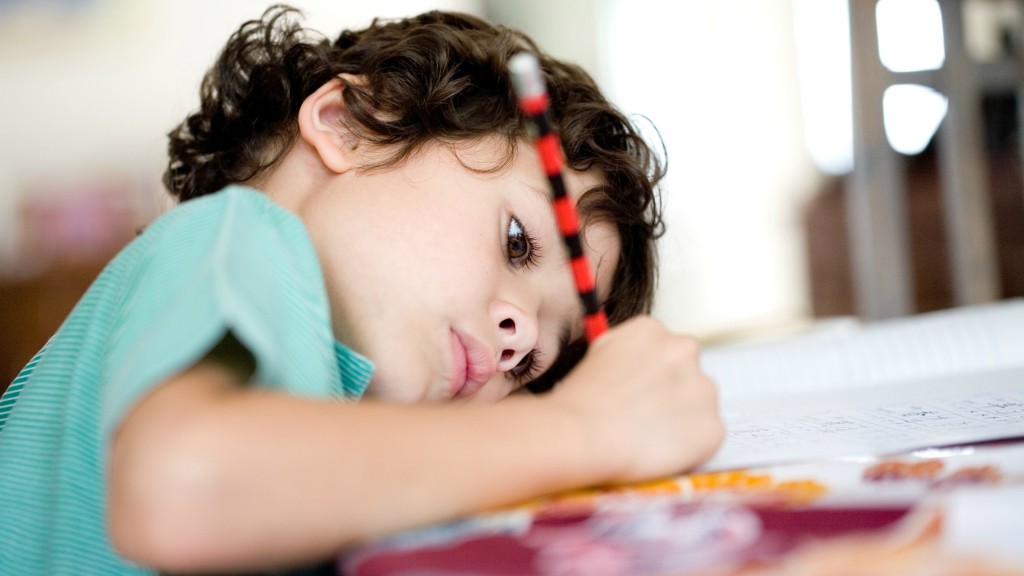Infants don’t talk, or begin communicating until later on in their development, right?
Technically, speaking, most children won’t speak their first real word until around the time of their first birthday. Often times, it is when their child says their first word around 12 months, that parents begin tuning in to their child’s language development. Many parents don’t realize that their babies, from day one, are absorbing a tremendous amount of information from the world around them, and much of this information will serve as the cornerstone of language development.
Verbal vs. Non-Verbal
Communication and the development of language can be classified into verbal language, or the language and words that we speak and can also be classified as non-verbal communication or the messages that are sent by facial expressions, gestures, or body language. For example, babies gather information from birth based upon their parent’s facial expressions. By gazing into their parent’s eyes, babies are absorbing the emotions on their parent’s faces, and reading the messages that their parents are sending. These non-verbal attributes of communication, such as making eye contact, interpreting facial expressions and taking turns are precursors to conversational skills and language development. Generally speaking, a good conversationalist makes appropriate eye contact, offers good back-and-forth talk-time versus listen-time and is an active listener. These very skills can begin to be cultured with newborn babies during their daily care such as during mealtimes and bedtime routines.
Expressive & Receptive Language
Language is also classified as receptive and expressive language. Receptive language is the language that babies understand, and expressive language, is the language that babies use. For example, if you say to your baby, “Oh! Daddy’s home!” and your baby begins to react, or look around for Daddy, he or she has just shown the receptive understanding of your statement, Dad is home. Alternatively, if you call out your baby’s name and your baby replies vocally using jargon or vowels, “ooh-daahh,” although your baby’s sounds may not be ‘real words’, he or she has just responded to you using expressive language and in his or her own words said, “I’m over here, Mom!”
Language Milestones
Speech-Language Pathologists often use developmental milestones to determine if children are meeting specific receptive and expressive language milestones. Knowing these general guidelines may be helpful for parents to gather more information about their child’s language skills The American Speech-Language and Hearing Association (ASHA) offers the following milestones. The ASHA milestones are as follows:
Birth to 3 Months: (Receptive)
§ Will startle to loud sounds
§ Smile or quiet down when spoken to
§ Seems to recognize parent’s voice
§ May increase or decrease sucking behavior in response to sound.
Birth to 3 Months: (Expressive)
§ Makes sounds of pleasure, like cooing.
§ Cries differently depending on needs, (hunger, tired)
§ Smiles when sees parents
4 to 6 Months: (Receptive)
§ Moves eyes in the direction of sound
§ Responds to changes in your voice
§ Attends to music and toys that make sounds
4 to 6 Months: (Expressive)
§ Babbling with more consonant sounds (p,b,m)
§ Laughs
§ Vocalizes to show excitement
7 to 12 Months: (Receptive)
§ Likes people games, like peek-a-boo
§ Turns to locate sounds
§ Recognizes common words (shoe, cup)
7 to 12 Months: (Expressive)
§ Babbling using vowels and consonants in long and short bursts
§ Uses sounds to get attention, rather than crying
§ Uses gestures, such as two arms up to indicate “pick me up!”
§ Has 1-2 single words, such as Momma, or Hi!
One to Two Years: (Receptive)
§ When asked, can point to several body parts
§ Follows simple 1 step command “Give me the ball”
§ Listens to simple stories, and songs
§ Points to pictures in a book when named
One to Two Years: (Expressive)
§ Says more single words every month
§ Uses some 2 word combinations, (more milk)
§ Uses many different consonant sounds at the beginning of words.
A Parent’s Role
Parents can begin to encourage their baby’s language development by using a variety of techniques. Often times, these strategies can be employed during everyday activities. Some examples of how parents can help are as follows
- Get down to your baby’s level. This may mean sitting or laying on the floor so that you and your baby can be face to face.
- Follow your child’s lead; tune into his or her interests. Your child will be more motivated to communicate when engaged with something that interests him or her. It does not need to be a toy and can be something as unconventional as opening and closing a box or looking out the window.
- Simplify your language; match it to your child’s language. Use language at a level or slightly above your child’s level.
- Add melody to your language to make it more fun and interesting.
- Imitate what your child does or says to keep the interaction going.
- Repeatedly model simple words or fun sounds for your child to imitate.
- Teach your child to use signs. Pair signs with words to facilitate development of single words.
- Teach your child the power of communication: require him or her to communicate in order to get what he or she wants. This could be simply making eye contact, signing, or saying a single word.
- Expand on your child’s utterances to help them get to the next level. For example, if your child says “more,” you can respond with “more juice.
For more information on our Evaluations & Therapy, or to schedule a visit for your child, visit www.TeamChatterboxes.com











